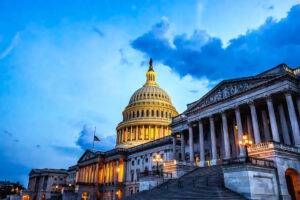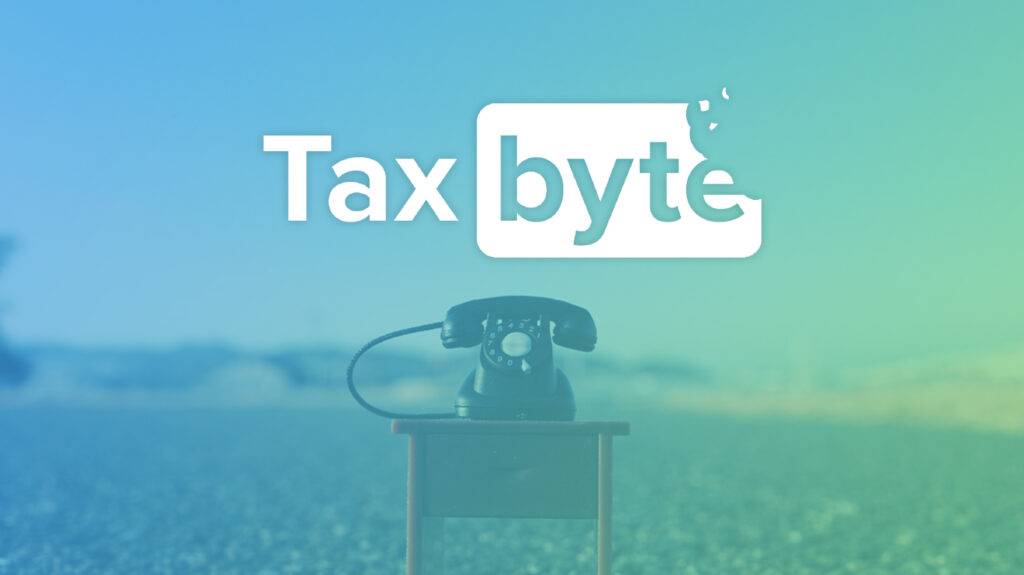
- |
- TaxByte
The Senate Finance Committee's version of the One Big Beautiful Bill Act (OBBBA) passed in
5 min read

As Congress races the clock in negotiations to keep the government fully funded beyond January 19, top congressional taxwriters have unveiled a much-anticipated framework, which would retroactively enhance the Child Tax Credit and extend certain business tax breaks, among other things. The bipartisan, bicameral tax measure faces a tough road ahead, however, a senior congressional aide told Western CPE on January 16.
Although we don’t currently have legislative text to review, the proposal is expected to be introduced as the Tax Relief for American Families and Workers Act of 2024, according to Senate Finance Committee Chair Ron Wyden, D-Ore. “My goal remains to get this passed in time for families and businesses to benefit in this upcoming tax filing season, and I’m going to pull out all the stops to get that done.”
While Wyden’s statement did not include a “my bad” to the IRS and tax pros alike for possibly muddying the waters this tax filing season with retroactive provisions, the potential complexity for both is already creating a buzz in the tax community.
A snapshot of the framework’s temporary provisions includes:
Additionally, the framework would bar all Employee Retention Credit claims after January 31, 2024, putting an early end to the controversial COVID-related relief program while implementing some stiff penalties for bad actors.
However, if Senate Finance Committee Ranking Member Mike Crapo’s, R-Idaho, lackluster statement on the framework serves as any indication, we may not want to get too excited just yet. “The agreement announced today by Chairman Smith and Chairman Wyden is a thoughtful starting point for the House to begin the process,” Crapo said. “I will continue working with my Senate colleagues to build broad, bipartisan support for a tax package that provides appropriate relief for working families and businesses.”
Whether lawmakers attempt to attach the tax measure to a continuing resolution this month or a longer-term government funding bill likely expected in March, both legislative vehicles may prove for a bumpy ride. And if the talk on Capitol Hill is true that lawmakers may even have the gumption to try and enact this thing as a standalone tax bill, which rarely ever happens, and it comes to pass…well, that may just inspire me to start buying lottery tickets.
A technical summary of the tax framework can be found HERE.

Stay updated with more breaking tax-related developments by subscribing to Tax Bytes with Jessica Jeane, J.D.








Subscribe to our news, analysis, and updates to receive 10% off your first purchase of an on-demand digital CPE course.